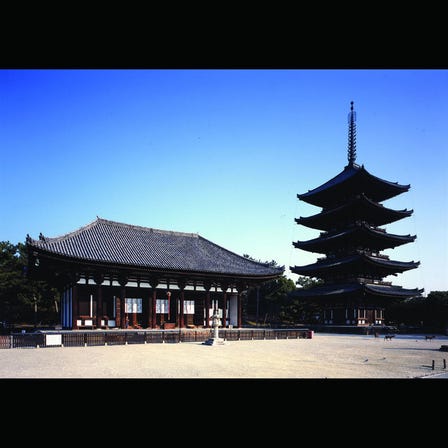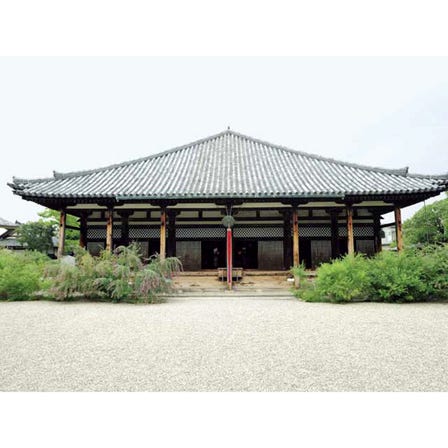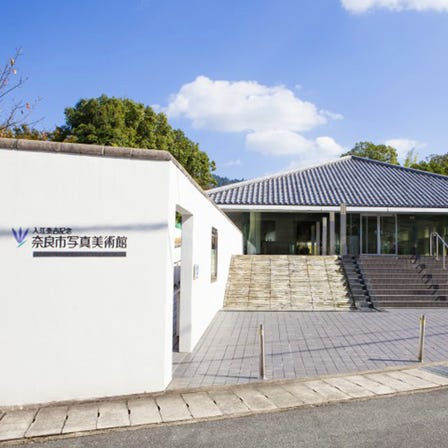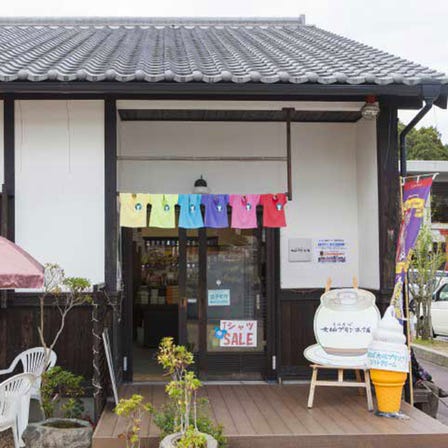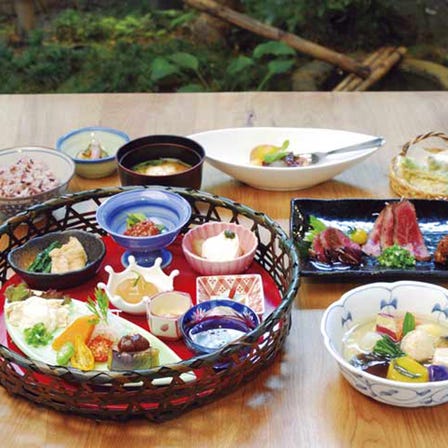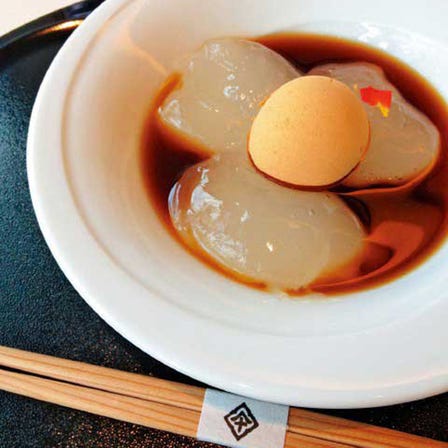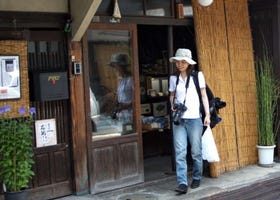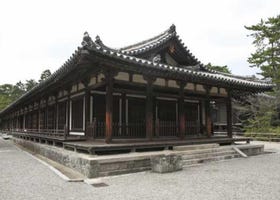Description
Commanding the northern end of Nara Park is Todai-ji Temple, established on the order of Emperor Shomu in the eighth century. The temple's principal image is Rushana Daibutsu, or Daibutsu-sama, one of the world's largest bronze Buddhist statue standing 15 meters high. The statue sits serenely in the Great Buddha Hall, well known as one of the world's largest wooden building that measures 57 m wide, 50 m deep, and 48 m high. Standing guard on each side of the pathway to the temple are the two statues of Kongo Rikishi, housed in the 25.5-m-high Nandai-mon gate, and komainu (imperial guardian lions) to keep away intruders. Many of the temple structures and treasures have gained the status of National Treasures and Important Cultural Properties. What's more, the temple is a UNESCO World Heritage site as one of the eight Historic Monuments of Ancient Nara.
Surviving two wars, Daibutsu-sama has continued to brighten the world with the light of mercy
In 752, a ceremony took place to consecrate Daibutsu-sama. On the orders of Emperor Shomu, who wished for the happiness of everyone, the temple was built through the cooperation of 2.6 million people, around half of Japan's population at the time. People rallied again to repair the statue when wars at the end of the Heian period and during the Warring States Period had damaged it. The present pedestal and lap have remained unchanged since the Nara period.
Todai-ji Museum, the home of precious cultural assets
The museum introduces you to a variety of temple treasures ranging from paintings to sculptures made during about 1,300 years of history, stretching back through the Edo, Kamakura, Heian and Nara periods. The Buddhist statues include the statue representing the birth of Buddha (National Treasure) from the Nara period and a figure of Senju Kannon Bosatsu, or Thousand-Armed Kannon Bodhisattva (Important Cultural Property) crafted in the Heian period.
Hokke-do Hall (Sangatsu-do Hall), the oldest building in Todai-ji Temple where Buddhist statues from the Nara period are enshrined
Believed to be founded in 740, the Hokke-do Hall (Sangatsu-do Hall) is the oldest existing building in the Todai-ji Temple complex. All ten of the enshrined Buddhist statues, including the principal image Fukukensaku Kannon (Kannon of the Never-Empty Lasso) and a hidden Buddhist image Shukongojin (a gate guardian), are National Treasures made during the Nara period.
Nigatsu-do Hall, a photogenic spot with a panoramic view of Nara
At Nigatsu-do Hall, Shuni-e (Omizu-tori, or Sacred Water-drawing Festival) takes place to herald the arrival of spring in Nara. Resting at the foot of the mountain in the ground’s eastern section, the hall presents a panoramic view of Nara city from its veranda jutting out to the west. Don't miss the spectacle of a sunset over Mt. Ikoma.
Location Information
-
- Address
-
406-1 Zoshicho, Nara City, Nara Prefecture, 630-8587
-
- Nearest Station
-
Kintetsunara Station
・ Kintetsu-nara Line
20 minutes on foot
-
- Phone Number
-
0742-22-5511Available languagesonly in Japanese
-
- Hours
-
7:30am - 5:30pm
*From April to October
8:00am - 5:00pm
*From November to March*The Great Buddha Hall, the Hokke-do Hall (Sangatsu-do Hall), the Kaidan-do Hall
-
- Closed
- None
-
- Public Site
- Official Site
Recommended Spots in Area
- Visiting
- Eating
- Shopping
- Lodgings
-
Sumibiyakiniku Horumontorio DangoNara, Ikoma, TenriYakiniku
-
Mahoroba Daibutsu Pudding Honpo Yumekaze Square BranchNara, Ikoma, TenriOther Cafes and Sweets
-
Awa NaramachiNara, Ikoma, TenriJapanese cuisine
-
ShabukuraNara, Ikoma, TenriShabu Shabu
-
Ciel bleuNara, Ikoma, TenriTeppanyaki
-
Kurokawa Honke Cafe, Todaiji BranchNara, Ikoma, TenriOther Cafes and Sweets
-
Villa CommunicoNara, Ikoma, TenriUnique Hotels
-
Comfort Hotel NaraNara, Ikoma, TenriEconomy Hotels
-
Nara TsukihiteiNara, Ikoma, TenriRyokan
-
Nara Guest House 3FNara, Ikoma, TenriJapanese Guest Houses (Minshuku)
-
Ranjatai PremiumNara, Ikoma, TenriJapanese Guest Houses (Minshuku)
-
Nara Ryokan AsukasoNara, Ikoma, TenriRyokan



















